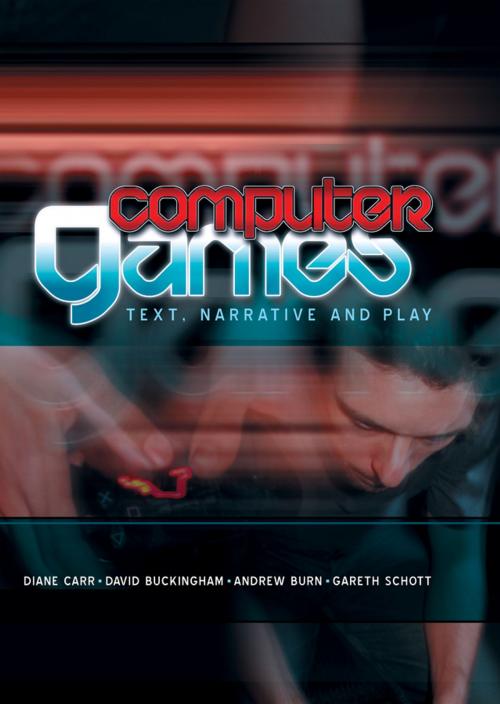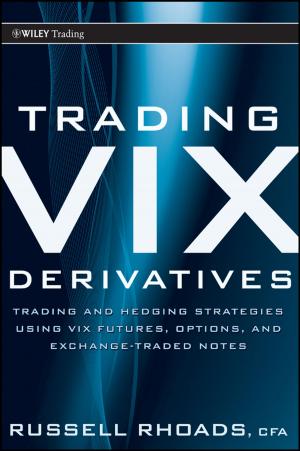| Author: | Diane Carr, David Buckingham, Andrew Burn, Gareth Schott | ISBN: | 9780745687506 |
| Publisher: | Wiley | Publication: | March 10, 2014 |
| Imprint: | Polity | Language: | English |
| Author: | Diane Carr, David Buckingham, Andrew Burn, Gareth Schott |
| ISBN: | 9780745687506 |
| Publisher: | Wiley |
| Publication: | March 10, 2014 |
| Imprint: | Polity |
| Language: | English |
Computer games are one of the most exciting and rapidly evolving media of our time. Revenues from console and computer games have now overtaken those from Hollywood movies; and online gaming is one of the fastest-growing areas of the internet. Games are no longer just kids' stuff: the majority of players are now adults, and the market is constantly broadening. The visual style of games has become increasingly sophisticated, and the complexities of game-play are ever more challenging. Meanwhile, the iconography and generic forms of games are increasingly influencing a whole range of other media, from films and television to books and toys.
This book provides a systematic, comprehensive introduction to the analysis of computer and video games. It introduces key concepts and approaches drawn from literary, film and media theory in an accessible and concrete manner; and it tests their use and relevance by applying them to a small but representative selection of role-playing and action-adventure games. It combines methods of textual analysis and audience research, showing how the combination of such methods can give a more complete picture of these playable texts and the fan cultures they generate. Clearly written and engaging, it will be a key text for students in the field and for all those with an interest in taking games seriously.
Computer games are one of the most exciting and rapidly evolving media of our time. Revenues from console and computer games have now overtaken those from Hollywood movies; and online gaming is one of the fastest-growing areas of the internet. Games are no longer just kids' stuff: the majority of players are now adults, and the market is constantly broadening. The visual style of games has become increasingly sophisticated, and the complexities of game-play are ever more challenging. Meanwhile, the iconography and generic forms of games are increasingly influencing a whole range of other media, from films and television to books and toys.
This book provides a systematic, comprehensive introduction to the analysis of computer and video games. It introduces key concepts and approaches drawn from literary, film and media theory in an accessible and concrete manner; and it tests their use and relevance by applying them to a small but representative selection of role-playing and action-adventure games. It combines methods of textual analysis and audience research, showing how the combination of such methods can give a more complete picture of these playable texts and the fan cultures they generate. Clearly written and engaging, it will be a key text for students in the field and for all those with an interest in taking games seriously.















